- - What is Partial Knee Replacement Surgery?
- - Types of Partial Knee Replacement
- - Partial Knee Replacement Implants
- - Robotic-Assisted Partial Knee Replacement
- - Advantages of Partial Knee Replacement
- - Who is a Good Candidate for Partial Knee Replacement?
- - Who Might Not Be Eligible for Partial Knee Replacement?
- - How to Prepare for the Partial Knee Replacement Procedure?
- - The Partial Knee Replacement Procedure Steps
- - Partial Knee Replacement Surgery Recovery
- - Partial Knee Replacement Risks and Complications
- - Partial Knee Replacement Surgeon in Turkey
- - How Much Does it Cost for a Partial Knee Replacement?
- - Partial Knee Replacement Alternatives
- - Partial Knee Replacement vs Total Knee Replacement
- - Partial Knee Replacement Photos
- - Partial Knee Replacement Reviews
- - Turkey Luxury Clinics is Your Ideal Destination!
- - FAQ About Partial Knee Replacement
For many people, knee arthritis affects only one side of the joint. In such cases, partial knee replacement can be a highly effective solution.
Unlike total knee replacement, this procedure targets only the damaged portion of the knee, preserving healthy tissue and allowing for quicker recovery and more natural movement.
In Turkey, home to some of the best orthopedic surgeons, this procedure combines expert care with advanced technology for optimal results.
At Turkey Luxury Clinics, our experienced team provides personalized treatment plans to ensure the best outcome for your knee health.
Contact us today to take the first step toward a pain-free, active life
What is Partial Knee Replacement Surgery?
Partial knee replacement, also called unicompartmental knee replacement, is a type of knee joint replacement surgery in which only the damaged part of the knee is replaced with a medical implant, while the healthy parts remain intact. It can be either unilateral, in one knee, or bilateral knee replacement intervention.
The most common type of partial knee prosthesis is made of Metal-on-plastic, where a metal component replaces the damaged bone and a plastic component acts as a spacer between the metal and the remaining bone.
Types of Partial Knee Replacement
Depending on the part of the knee replaced with a prosthetic implant, the partial knee replacement operation can be classified as inner (medial) knee replacement, outer (lateral) knee replacement, or patellofemoral knee replacement.
- Medial (inner) knee replacement: replacing the inner compartment of the knee.
- Lateral (outer) knee replacement: targeting the outer compartment.
- Patellofemoral knee replacement: replacing the joint between the kneecap and thigh bone.
Partial knee replacements can also be categorized based on the number of compartments involved: unicompartmental knee replacement, where only one part is replaced; and bicompartmental partial knee replacement, where two or three parts are replaced—but not the entire knee.
Partial Knee Replacement Implants
Partial knee replacement implants are artificial medical devices made of metal and plastic, designed to replace the damaged bone and cartilage segments of the knee joint.
For all types, the partial knee prosthesis implant consists of metal components—usually made from cobalt-chrome or titanium alloys—that replace the worn surfaces of the femur and tibia bones, and a plastic component (medical-grade polyethylene) that serves as a spacer or cushion between the metal parts.
Types of Partial Knee Replacement Implants
- Unicondylar (UNI) Fixed Bearing
A fixed bearing partial knee replacement is a type of partial knee replacement where the damaged portion of the knee is replaced with a plastic insert that is firmly fixed to the metal component attached to the tibia bone.
- Unicondylar Mobile Bearing
In mobile bearing partial knee replacement, the plastic insert is free to slightly move or rotate within the metal component placed in the tibia bone, which gives the knee more natural motion and flexibility. The mobility can reduce wear on the implant, but it requires precise surgical technique to avoid complications like dislocation.
- Oxford Partial Knee Replacement
Oxford Partial Knee Replacement is a widely recognized mobile bearing implant known for its durability and ability to reduce friction and stress on the knee joint. It offers excellent long-term outcomes and high patient satisfaction.
However, like any implant, Oxford partial knee replacement problems include infection, loosening of the implant, age-related wear and tear, and injury to nearby tissues if not placed properly.
- Zimmer Partial Knee Replacement
Zimmer is a well-known brand offering a range of partial knee replacement implants, including both fixed and mobile bearing designs used by surgeons based on patient needs.
Robotic-Assisted Partial Knee Replacement
In robotic assisted partial knee replacement, a robotic system, comprising a robotic arm and advanced visualization mapping, guides the surgeon before and during the procedure.
It doesn’t take control away from the surgeon; instead, this technology helps increase accuracy in placing the prosthetic implant, preserves healthy bone, and minimizes disruption to surrounding tissues.
MAKO partial knee replacement
The MAKO partial knee replacement system is one of the most common robotic systems used in knee replacement surgeries. It provides detailed 3D visualization of the bone and cartilage during the operation.
Additionally, the system uses a hand-held technique that assists the surgeon by restricting movements if an incorrect step is about to be made, enhancing surgical precision and safety.
Advantages of Partial Knee Replacement
There are several benefits to partial knee replacement as opposed to total knee replacement:
- Smaller incisions and faster recovery
- Less pain after surgery
- A better range of motions and a more natural feeling knee
- Reduced blood clots
- Decreased risk of infection
Who is a Good Candidate for Partial Knee Replacement?
Partial knee replacement may be suitable if arthritis affects only one side or part of your knee. You may be a candidate if:
- Arthritis is not severe in other parts of your knee.
- Your knee shows minor deformity.
- You have a good range of motion.
- Your knee ligaments are stable.
Who Might Not Be Eligible for Partial Knee Replacement?
Partial knee replacement isn’t suitable for everyone. If you have inflammatory arthritis, such as rheumatoid arthritis, which affects the entire joint, a total knee replacement might be necessary.
Severe stiffness in the knee can also make partial replacement less effective, as limited joint movement is harder to restore with this procedure.
Additionally, if your knee ligaments are damaged or unstable, partial knee replacement may not be the best option since the surgery relies on a stable knee for good function. Read more about who is a candidate for total knee replacement here.
Discover the difference between partial vs. total knee replacement to understand which is better for you
How to Prepare for the Partial Knee Replacement Procedure?
It's really important to tell your surgeon about all the medicines you're taking, including herbs, supplements, and anything you've bought without a prescription. Your tasks for the two weeks before the surgery mainly include the following:
- Prepare your home
- Your surgeon may ask you to stop taking blood thinners
- You may be asked to stop taking any medicine that weakens your immune system
- Consult with your doctor if you have diabetes, heart disease, or other medical conditions
- Stop smoking as it slows healing and recovery
- Familiarize yourself with physical therapy exercises
The Partial Knee Replacement Procedure Steps
The surgery is performed under either general anesthesia or regional anesthesia (spinal or epidural).
The surgeon makes a small incision at the front of the knee, approximately 3 to 5 inches long, to remove the damaged cartilage and bone surfaces.
Next, the artificial implant components are inserted and secured either with bone cement or by fixing directly to the bone.
Finally, the incision is typically closed with stitches or staples.
Partial Knee Replacement Surgery Recovery
After partial knee replacement surgery, patients typiclly take around 6 to 12 weeks to recover and return to normal life and activities.
It is important for patients to follow instructions such as applying ice packs, elevating the knee, attending physical therapy, performing home exercises, and caring for the incision. All of these are crucial for a rapid recovery and regaining normal strength and range of motion.
Additionally, partial knee replacement activity restrictions should be observed to ensure safe and effective recovery.
Recovery after partial knee replacement is generally faster than after total knee replacement. The recovery timeline typically follows these stages:
partial knee replacement recovery timeline:
- Initial recovery (first few days): Patients expect pain and swelling that subsides within a few days, patients need to walk with assistance, and physical therapy begins in this stage to regain range of motion and strength.
- Intermediate recovery period (3 to 6 weeks): Patients gradually restore strength and return to work, driving after partial knee replacement expected to be allowed by this stage.
- Later recovery (6 to 12 weeks): Most patients are able to return to heavier activities such as desk jobs. However, patients should be aware of certain limitations after partial knee replacement, including avoiding strenuous exercises like running and high-impact physical activities.
- Full recovery (up to one year): It takes around a year for full recovery to take place and to feel natural knee feeling and function.
Exercises after partial knee replacement:
Exercises start as early as the first days after surgery, but always under the supervision of a physiotherapist.
Straight leg raises, ankle pumps, and quadriceps sets are introduced in the early stages to improve blood circulation and reduce swelling.
Home exercises such as walking, low-impact aerobics, and stationary cycling become important in later stages. However, intense training and strenuous activities should be avoided until full recovery.
Walking after partial knee replacement:
In the initial period, patients need to use crutches while walking to avoid putting full pressure on the knee. However, with adherence to strengthening exercises, most can walk without assistance within 3 to 6 weeks.
Knee pain after partial knee replacement:
Pain usually begins immediately after surgery due to the healing process. This pain is mild to moderate and can be managed with medications, ice packs, and light exercise. It typically subsides within the first few weeks of recovery.
Partial Knee Replacement Risks and Complications
Partial knee replacement is generally safe; however, some risks and complications should be considered carefully, including:
- Blood clots.
- Infection.
- Fluid accumulation in the knee joint
- Unsuccessful attachment of the replacement part to the knee
- Nerve and blood vessel damage
- Continued pain
Partial Knee Replacement Surgeon in Turkey
Turkey is home to specialized and skilled surgeons who are internationally certified and trained to perform partial knee replacements with high efficacy and minimal risks. Additionally, our surgeons are proficient in using various robotic systems to enhance surgical precision.
How Much Does it Cost for a Partial Knee Replacement?
The cost of a partial knee replacement ranges from $11,000 to $40,000 in the US and UK. In Europe, partial knee replacement costs around $8,000 to $27,000. In Turkey, the cost is typically around $3,000, which is significantly more affordable than in Western countries
- Partial knee replacement in the Woodlands costs $13,501 to $28,475
- Partial knee replacement in Singapore ranges between $14,500 to $25,300
- In Australia, partial knee replacement Melbourne costs $11,000 to $35,000
- Partial knee replacement surgery in New York costs starts at $15,000
- The cost of a partial knee replacement UK is around $11,000 to $16,00
Turkey is renowned for offering budget-friendly prices with various financial options and comprehensive packages that cater to international patients from around the world without compromising the quality of services or outcomes.
Partial Knee Replacement Alternatives
For patients who aren’t qualified for PKR or can’t afford the surgery, some medical alternatives can still effectively reduce pain, preserve healthy joint parts, and improve quality of life. These alternatives include weight loss, regular exercise and physical therapy, avoiding strenuous activities, using a knee brace, and medical treatments to decrease pain and inflammation, such as oral medications or injections
Partial Knee Replacement vs Total Knee Replacement
The difference between partial and total knee replacement is due to the degree of invasiveness and the parts of the knee replaced.
While both aim to replace damaged parts, alleviate pain, and restore normal movement, differences in the surgery, recovery, success rate, and costs are important.
Basically, in total knee replacement, all knee parts—the medial, lateral, and patellofemoral portions—are replaced with artificial devices. This makes the procedure longer, harder, and more complex, with a larger incision and a longer recovery period.
In partial knee replacement, only the damaged parts, usually one part (unicompartmental) or two parts (bicompartmental), are replaced. This requires a smaller incision, less bone reshaping, and results in faster recovery.
The cost of total knee replacement (TKR) in Turkey typically ranges from $7,000 to $12,000, while the cost of partial knee replacement (PKR) is usually more affordable, ranging from $3,000 to $6,000.
Which is better partial or total knee replacement?
Which one is better depends on the location and extent of arthritis and knee damage, as well as the patient’s age, activity level, and overall health.
Total knee replacement is necessary when there is extensive knee damage caused by an accident or severe arthritis. However, if the arthritis is localized, patients can opt to replace only the damaged part, achieving pain relief and a good quality of life.
Partial Knee Replacement Photos
Before and after photos show the damaged sections of the knee before surgery and how the prosthetic—with its metal and plastic parts—looks after implantation. They also demonstrate how the prosthetic knee can restore natural feeling and function.
Partial Knee Replacement Reviews
Reviews of partial knee replacement are generally positive. Patients report great satisfaction with overall improvements in quality of life, pain relief, and a natural knee feeling. Many also experience lasting outcomes for up to 20 years after surgery.
Turkey Luxury Clinics is Your Ideal Destination!
Contact us today to speak with our experienced orthopedic team. We’ll be happy to provide a personalized consultation and recommend the best treatment plan for your case.

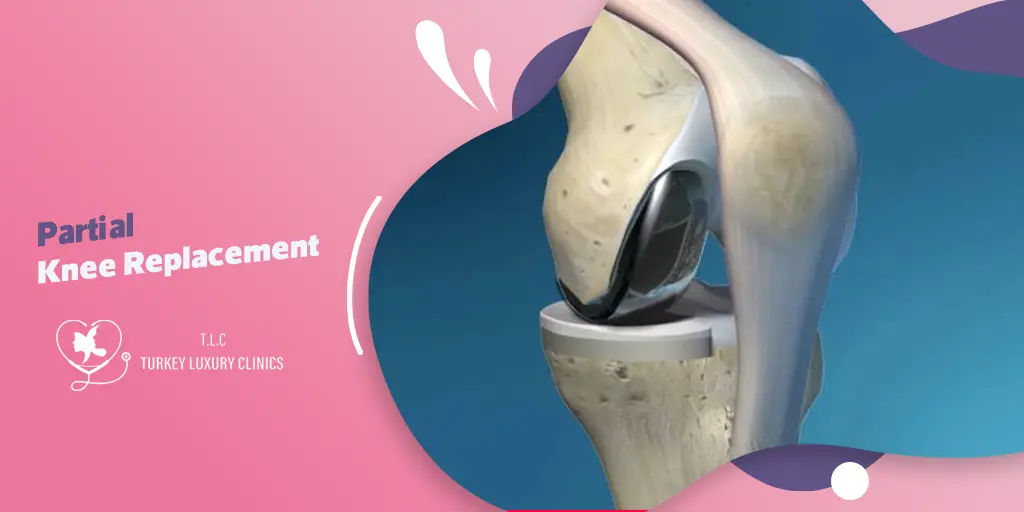

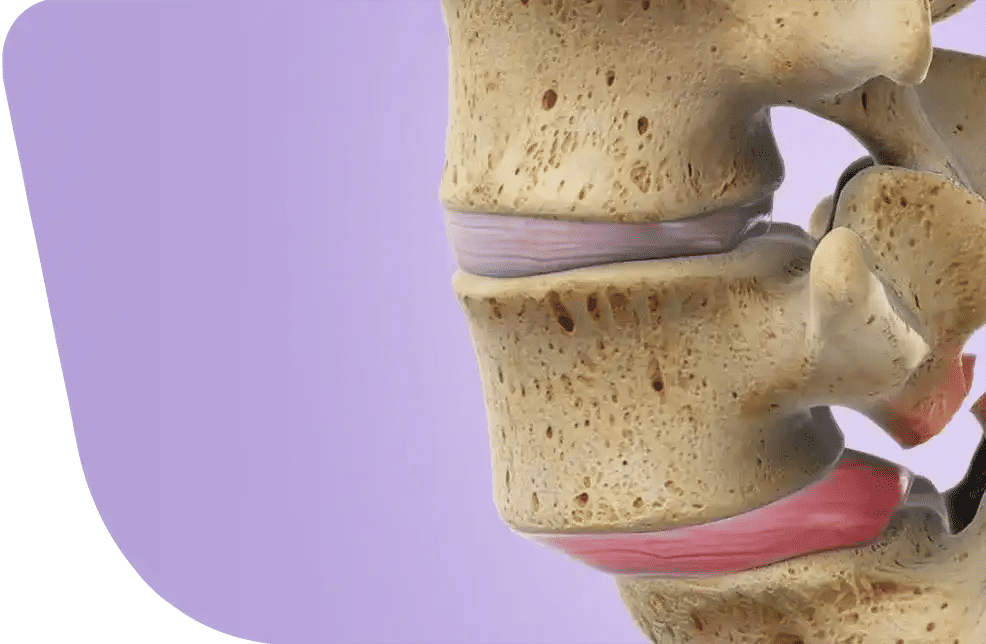

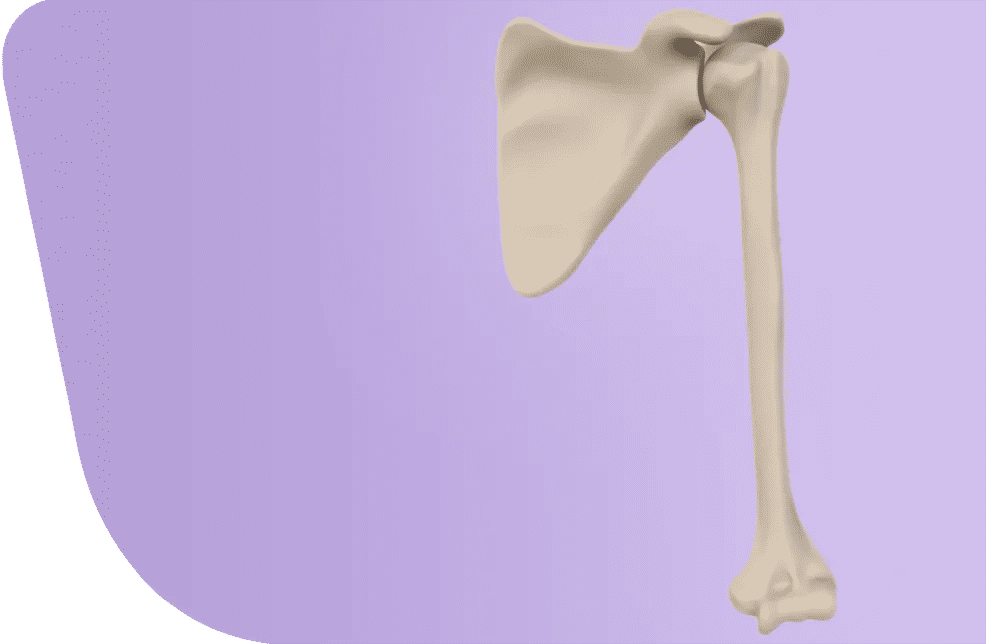
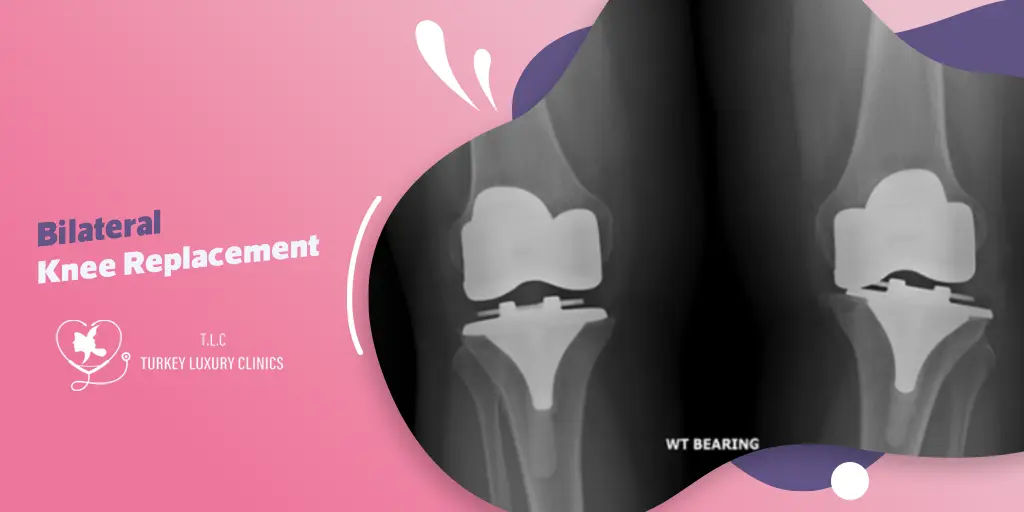
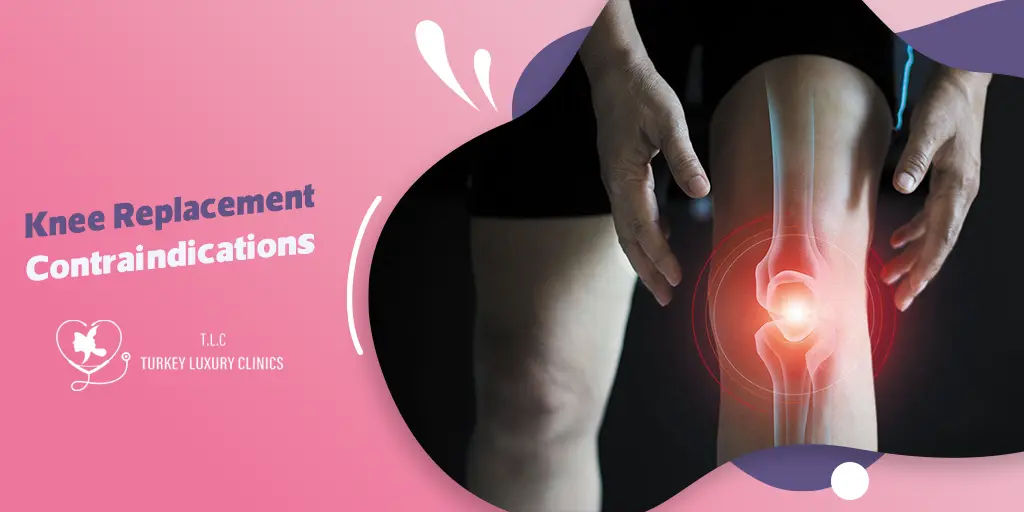




.webp)
.webp)
.webp)
.webp)

